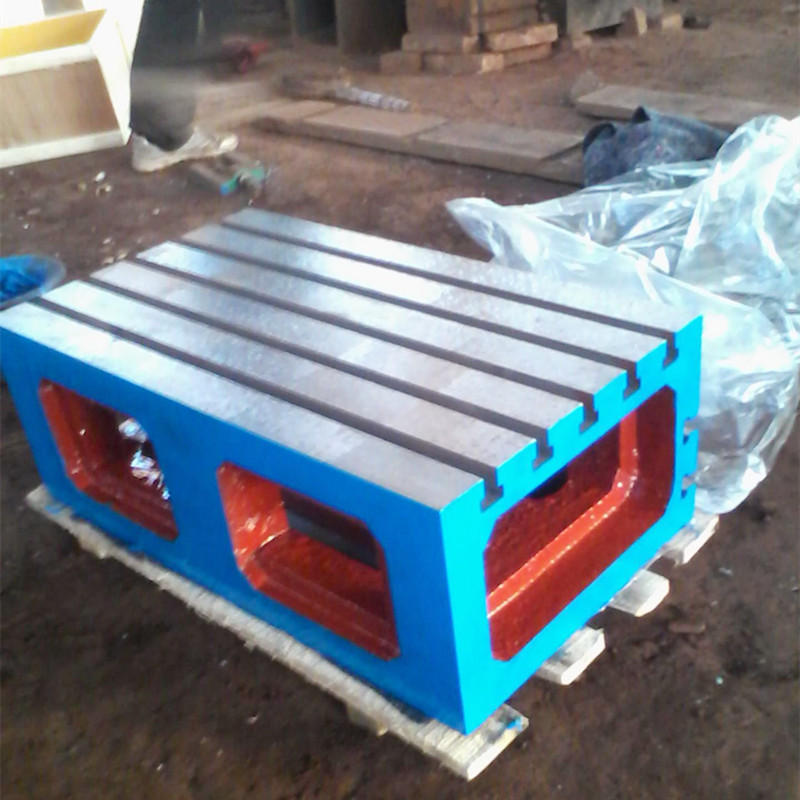oct. . 11, 2024 00:07 Back to list
Guide to Evaluating Cast Iron Quality Standards and Inspection Procedures
Understanding Cast Iron Inspection A Comprehensive Overview
Cast iron is a popular material used in various applications, including construction, machinery, and kitchenware, due to its excellent castability, durability, and wear resistance. However, like any material, it is subject to defects that can affect its performance and lifespan. This brings us to the critical importance of cast iron inspection, which ensures the quality and reliability of cast iron products.
The process of inspecting cast iron involves several key methods and standards to detect potential defects. These defects can include cracks, porosity, hard spots, and shrinkage cavities, all of which may compromise the integrity of the final product. Utilizing an inspection table can aid in classifying these defects and determining their severity.
Visual Inspection
The first level of inspection typically involves visual examination. Inspectors look for surface irregularities, such as cracks or signs of corrosion. This method is crucial for identifying obvious defects, but it may not reveal subsurface issues. Therefore, it is often complemented by more advanced techniques.
Non-Destructive Testing (NDT)
cast iron inspection table

To achieve a thorough assessment of cast iron components, various non-destructive testing methods are employed. One popular technique is Ultrasonic Testing (UT), which uses sound waves to detect internal flaws. Inspectors will place a transducer on the surface, sending ultrasonic pulses that bounce back upon encountering defects. This method provides insight into the internal structure without compromising the integrity of the piece.
Another widely used NDT technique is Magnetic Particle Testing (MPT). This method is especially effective for detecting surface and near-surface defects in ferromagnetic materials like cast iron. A magnetic field is applied to the surface, and iron particles are sprinkled over it. The particles cluster around any discontinuities, highlighting potential issues.
Standards and Specifications
Various industry standards govern the inspection of cast iron. The American Society for Testing and Materials (ASTM) and the American Foundry Society (AFS) provide guidelines that detail inspection procedures, defect classifications, and quality assurance protocols. By adhering to these standards, manufacturers can ensure that their cast iron products meet the required safety and performance benchmarks.
Conclusion
The inspection of cast iron is a vital process that safeguards the quality and performance of products made from this versatile material. Through a combination of visual inspection and advanced non-destructive testing methods, potential defects can be identified and addressed early in the production process. By following established standards, manufacturers not only ensure the reliability of their cast iron products but also promote safety and customer satisfaction in the market. As technology progresses, the methods of inspection will continue to evolve, enhancing the quality assurance processes in the foundry industry.
-
Why Metric Trapezoidal Thread is Ideal for Precision Motion ControlNewsAug.05,2025
-
The Unique Properties of a Block of Granite for Industrial UseNewsAug.05,2025
-
The Role of Flanged Y Strainers in Preventing Pipeline ClogsNewsAug.05,2025
-
The Importance of Regular Calibration for Master Ring GagesNewsAug.05,2025
-
How a Cast Iron Surface Table Enhances Accuracy in ManufacturingNewsAug.05,2025
-
Comparing Different Check Valve Types for Optimal Flow ControlNewsAug.05,2025
Related PRODUCTS









